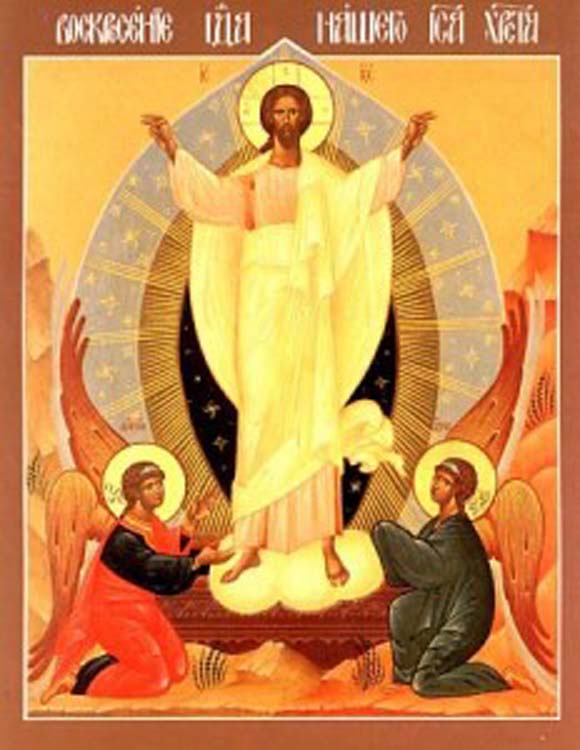
The Vigil of Easter
932
Readings: Genesis 1:1—2:2; Psalm 104:1-2, 5-6, 10, 12, 13-14, 24, 35; Romans 6:3-11; Matthew 28:1-10
Jesus lies in his grave, he is among the dead. We call this day the Vigil of Easter but in an historical perspective, we find ourselves on the day of the Sabbath. Why did God choose this very day? Why does the Father let his Son rest in the grave on the day that he himself has blessed? If we concentrate on the blessing, we may discover more of the secrets of this day of non-activity.
There are many blessings in the Old Testament, among them we find the blessing of Esau that is being stolen by his brother Jacob, and it contains a typical schema for a blessing:
Ah, the smell of my son is like the smell of a fertile field which Yahweh has blessed. May God give you dew from heaven, and the richness of the earth, abundance of grain and wine! Let peoples serve you and nations bow low before you! Be master of your brothers; let your mother’s other sons bow low before you! Accursed be whoever curses you and blessed be whoever blesses you! (Genesis 27,27-29)
We may divide this blessing into three parts. The first concerns the fertility of the earth, the part of agriculture that man cannot produce himself, but which he needs to exist. The second part concerns social and political life, but it reaches all the way into the family life. The last part is a blessing that protects from all evil. All these elements are gifts that man cannot accord to himself even though they are necessary for his own existence. Man is called to work, to produce, to do his share. But he is limited, and does not fully assume his own existence. We may see a liturgical expression of this when the priest prays over the offering gifts, saying: “Through your goodness we have this bread to offer, which earth has given and human hands have made”. Man’s work is only half of the process, it is the sabbatical blessing that fulfills the offering of the gifts.
All this shows us our dependence of an activity which is out of our reach. In our passivity, God acts in a way that we may call a vital activity. And in the same way that the Sabbath repeats itself throughout the year, this vital activity is a healing process and an everlasting renewal where the creation process itself is extended. But to what extent?
The Sabbath reaches its summit as Christ the Son of God descends into the depths of death. It is the moment when sin is conquered. As the day of the Sabbath comes to an end Jesus rises from the dead as proof of this victory. God fulfills his healing, vital activity by introducing the everlasting Sabbath through the work of salvation. Let us therefore enter into the solemn celebration with joy and thanksgiving, knowing that we are part of the Church, the resurrected body of Christ.


